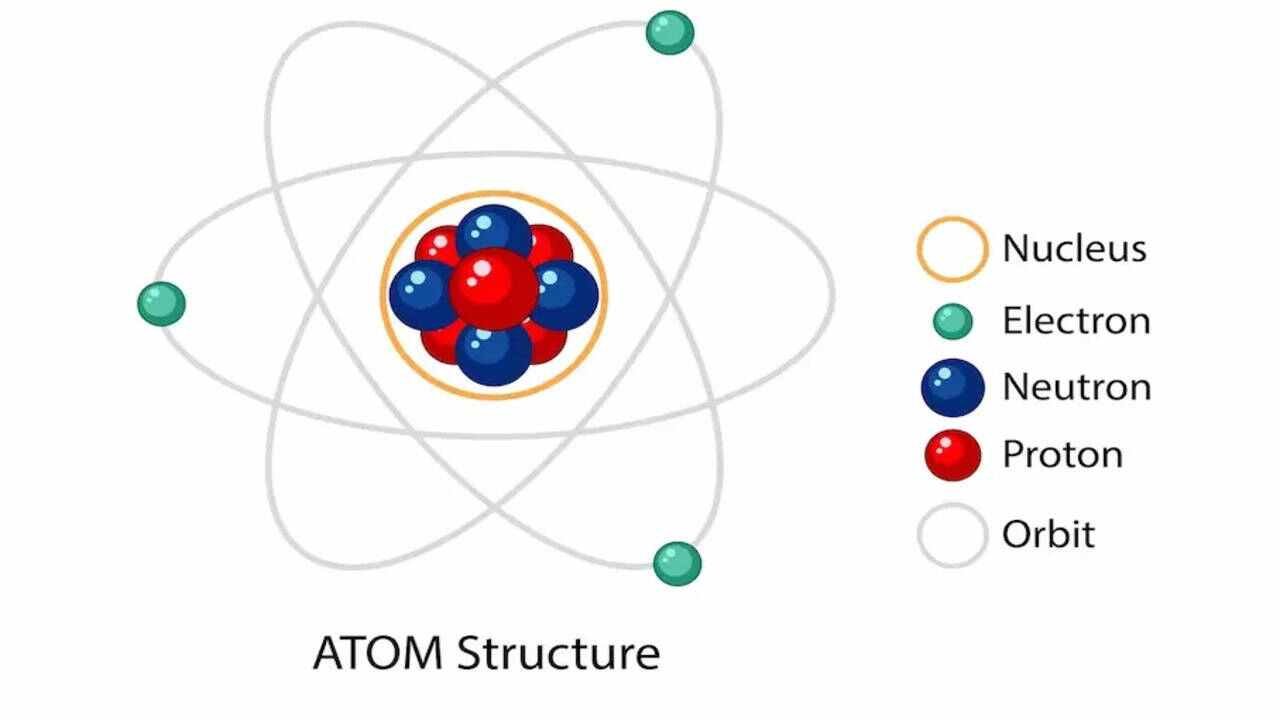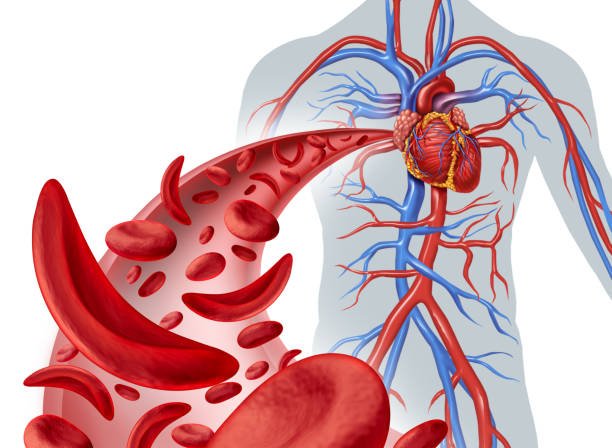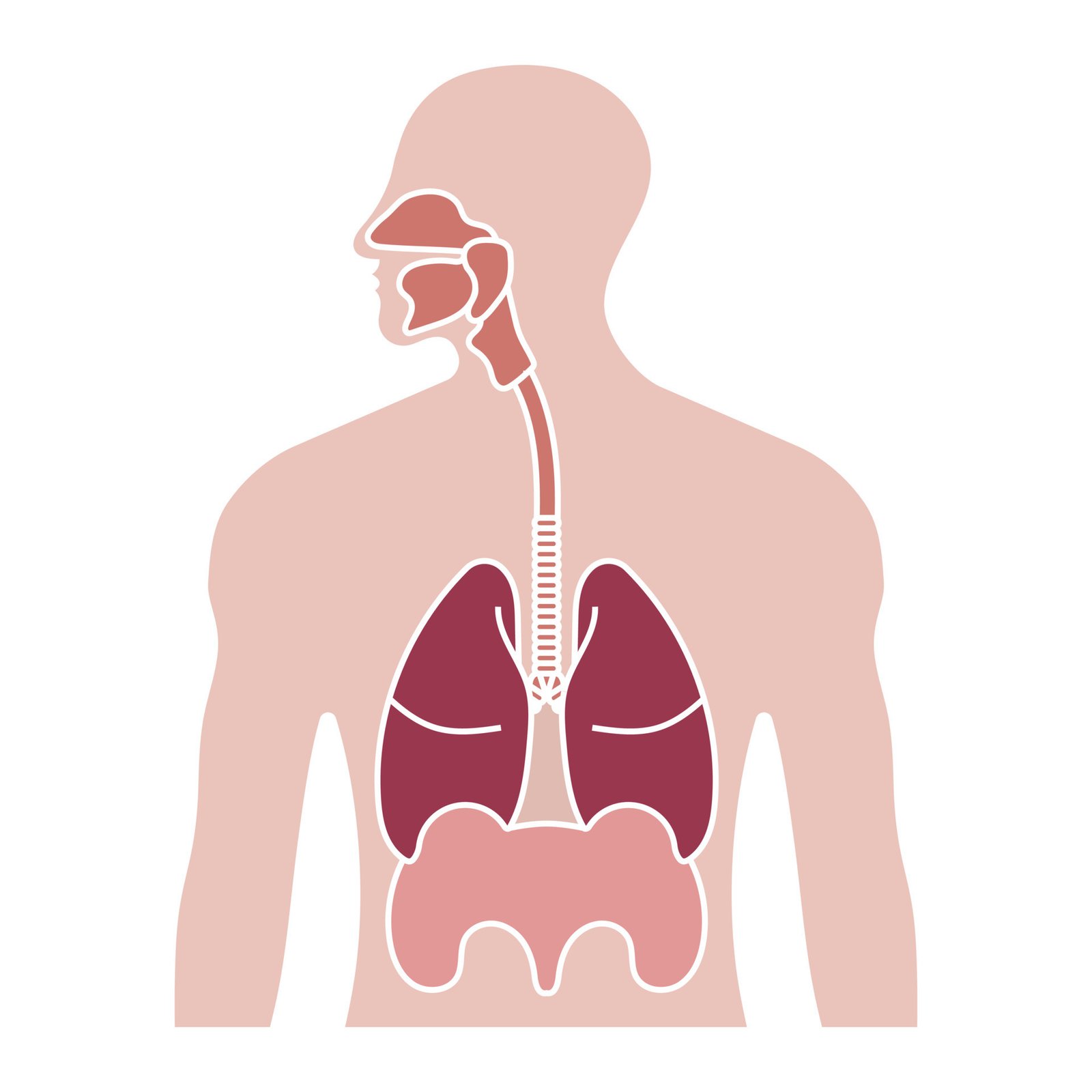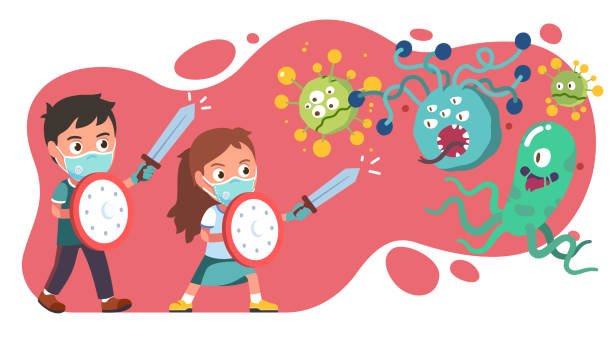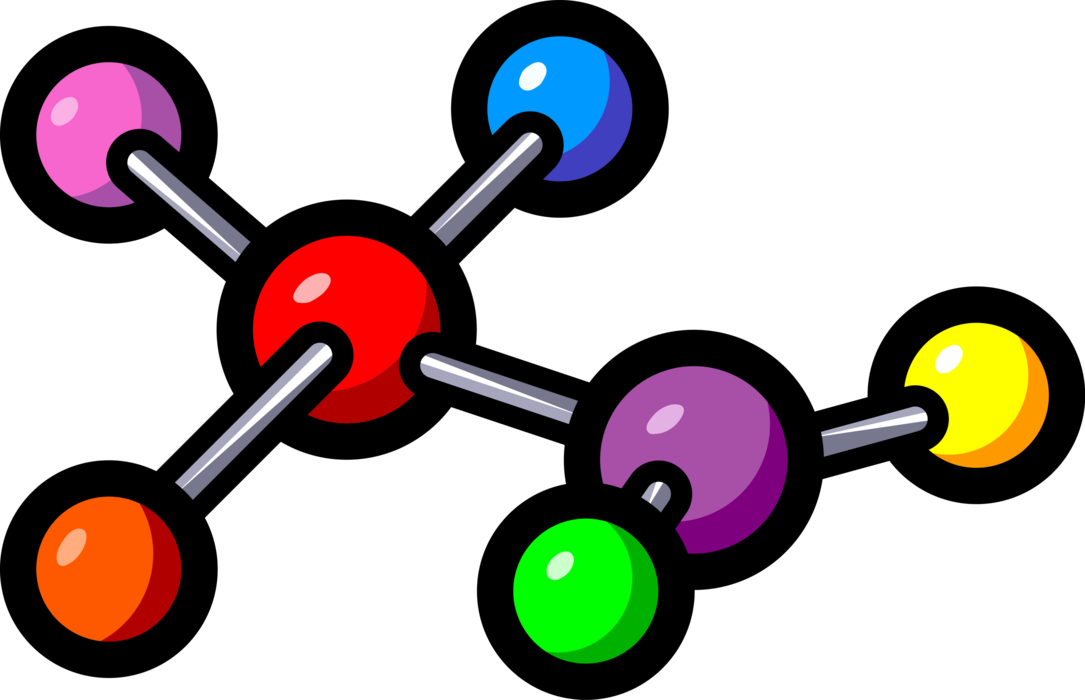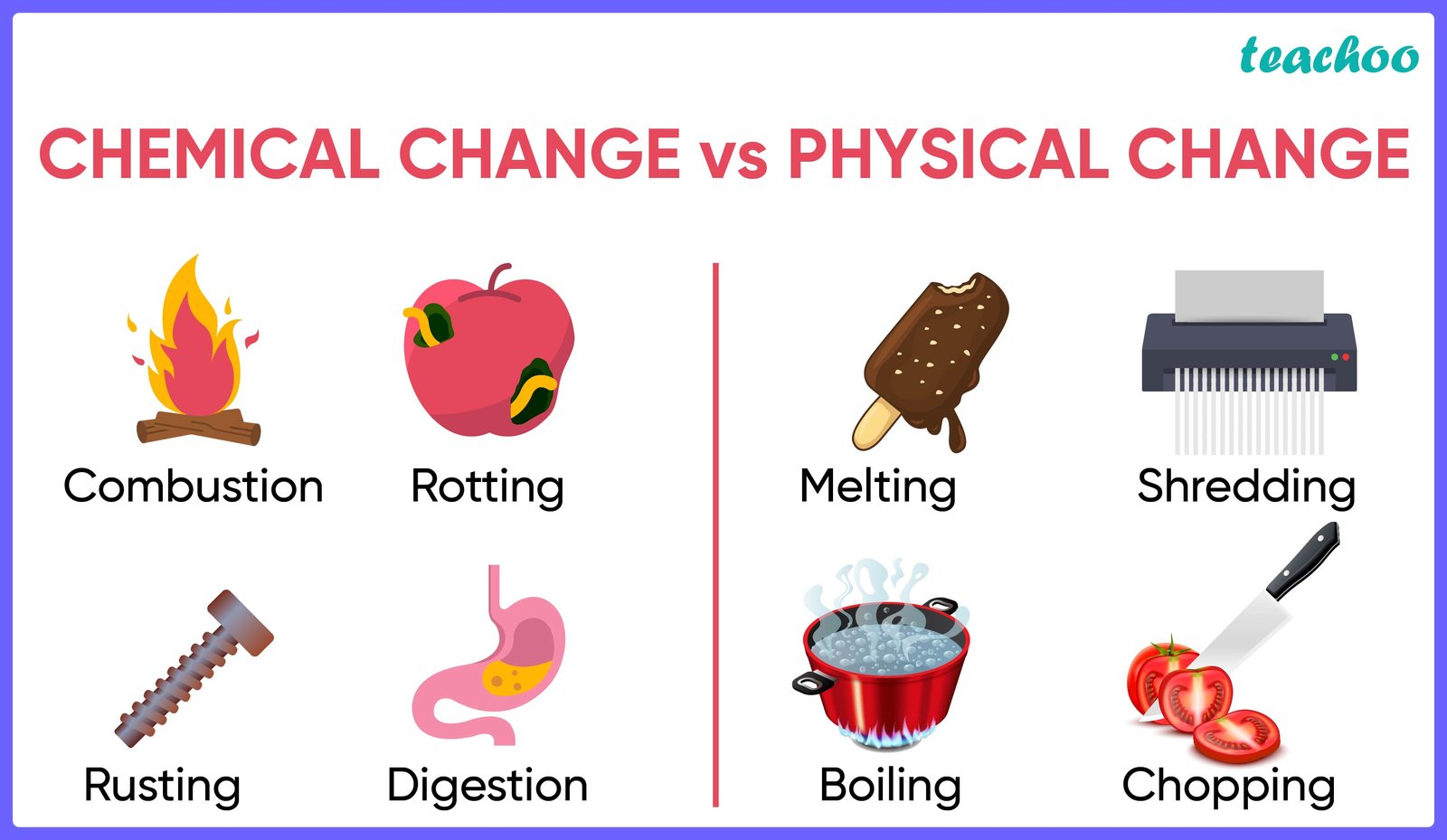Full Screen
Comprehension
Solutions
are homogeneous mixtures formed when a solute dissolves in a solvent, creating
a uniform blend at the molecular level. Saturation is reached when the solvent
can no longer dissolve more solute, resulting in a stable mixture. Dilution, on
the other hand, involves adding more solvent to decrease the concentration of
the solution. Scientists use various techniques like filtration to separate
solid particles, evaporation to concentrate solutions by removing the solvent,
and crystallization to form solid crystals. The behavior of solutions is
influenced by factors such as temperature, pressure, and the nature of the
solute and solvent.

Solutions are homogeneous mixtures formed when a solute dissolves in a solvent.
Scientists use various techniques like filtration to separate solid particles, evaporation to concentrate solutions by removing the solvent, and crystallization to form solid crystals.
The behavior of solutions is influenced by factors such as temperature, pressure, and the nature of the solute and solvent.

